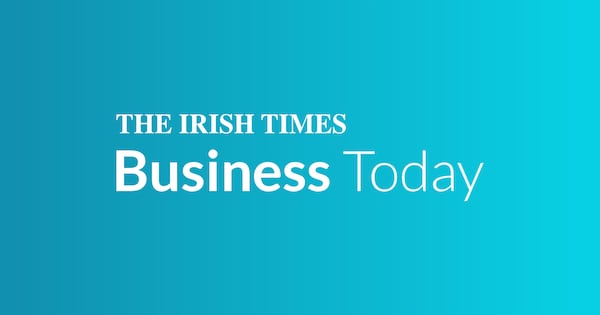The Bank of England held interest rates at 4 per cent in a tight vote that laid the groundwork for a December cut.
Five members of the Monetary Policy Committee voted to leave policy unchanged, with Governor Andrew Bailey swinging the decision, while four called for a quarter-point cut to 3.75 per cent. The BOE said September inflation of 3.8 per cent “is likely to be the peak.”
Minutes to the meeting showed Bailey was the most dovish of the officials who held rates and that he edged closer to backing a reduction, judging that the risks to inflation had “moved down to become more balanced recently.”
“We still think rates are on a gradual path downwards, but we need to be sure that inflation is on track to return to our 2 per cent target before we cut them again,” he said in a written statement.
While the decision was anticipated by markets, the BOE altered its guidance to state that rates are “likely to continue on a gradual downward path.” The word “careful” was dropped.
The pound trimmed earlier gains after the decision, trading around $1.3060, as traders increased bets on monetary easing in the coming months. They are pricing about 51 basis points of interest-rate cuts by the middle of 2026 compared with 47 basis points before the decision.
That boosted UK bonds, with the yield on 10-year notes down two basis points at 4.44 per cent.
Individual MPC members were able to explain the rationale behind their decisions in an overhaul of the bank’s communications. Bailey said that “upside risks to inflation have become less pressing since August,” and opted to hold in order to wait for more evidence.
He added that his position reflected a “forward looking Taylor rule” path for rates that the bank’s documents showed implied three more rate cuts over the coming year. Voting alongside Bailey were Deputy Governor for Monetary Policy Clare Lombardelli, Chief Economist Huw Pill and external members Catherine Mann and Megan Greene.
For the first time since joining the committee in 2023 Deputy Governor for Financial Stability Sarah Breeden split from Bailey, preferring to cut rates. She said “upside risks to inflation have diminished” while downside risks to demand “have become more prominent.”
Deputy Governor for Markets Dave Ramsden and external members Alan Taylor and Swati Dhingra were the other doves.
The decision ended the run of five consecutive quarterly rate reductions established in August last year, as the committee sought to strike a balance between sticky inflation and softer recent data on wages and unemployment.
“The risk from greater inflation persistence has become less pronounced and the risk to medium-term inflation from weaker demand more apparent, such that overall the risks are more balanced,” the Monetary Policy Report published alongside the decision said.
The rate decision comes just weeks before Chancellor of the Exchequer Rachel Reeves unveils a budget at which she is expected to announce big tax rises that may hit growth and bear down on inflation. The BOE based its forecasts and policy decision on the fiscal settings in place from March, so capture none of the anticipated budget measures.
Based on those assumptions, the BOE’s updated forecasts show inflation falling to 3.1 per cent at the start of next year and settling around the 2 per cent target from the second quarter of 2027 onward. Unemployment is expected to peak at 5.1 per cent in the second quarter, up from 4.9 per cent as of the August forecast. The bank revised up its growth forecast for this year to 1.5 per cent from 1.25 per cent and left its 2026 and 2027 outlooks unchanged.
At 4 per cent, UK rates are the equal highest of the Group of Seven economies alongside the US but the Federal Reserve is expected to reduce policy more quickly. Reeves said this week the current level is “a constraint on business borrowing and a burden on family finances.” -- Bloomberg









